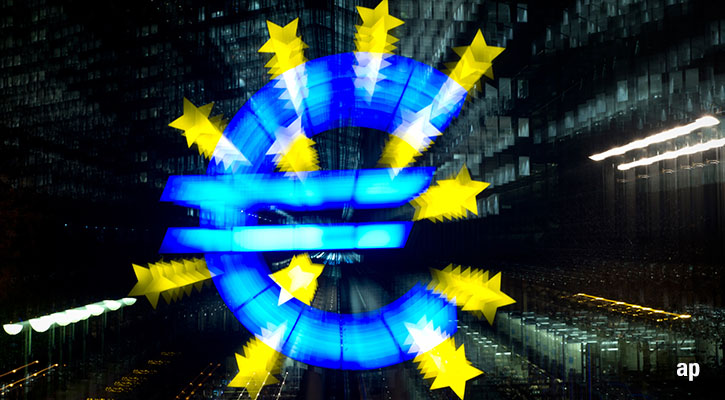
Where to Invest in the Bond Market After the ECB Cut
Morningstar
Eurozone bond yields rose modestly after the European Central Bank (ECB) cut interest rates by 0.25 percentage points at its June 6 meeting, as markets adjusted to the uncertain future path of monetary policy. Fixed-income managers explain where investors should be focusing their portfolios now after the first interest rate cut in five years.
“After the ECB announcement, we observed a slight rise in bond yields across the maturity curve,” Giacomo Calef, country head for Italy at NS Partners.
“This indicates that, despite Christine Lagarde’s confidence that inflation will come down, the process of normalising monetary policy may be longer than expected.”
Immediately after the announcement of the rate cut, the yield on the benchmark 10-year Italian BTP rose to 3.87% from 3.83% and the German Bund with the same maturity rose to 2.56% from 2.53%.
Bonds: What to Look For Now
Generally, when interest rates fall, government bond yields tend to fall and the price of outstanding bonds rise. But the market reaction was relatively muted to the first cut since 2019. The focus was more on the upward revision of inflation estimates, which could make the central bank more cautious in cutting rates for the rest of 2024.
“The cut is balanced by hawkish components such as the upward revision of growth and inflation estimates (which will therefore take longer to come back towards target), as well as the absence of any reference to embarking on a more continuous path of reducing the cost of money,” said Alberto Biscaro, portfolio manager at Quaestio SGR.
Staying Liquid Now Pays Less
Investors need to consider two factors, experts say. The first is liquidity, because income from deposit accounts and other money market instruments is set to fall as a result of falling interest rates.
Some experts suggest reducing liquidity in the portfolio as holding liquid assets has become less appealing:
“With the rate-cutting cycle in eurozone underway, a key priority for investors is to manage their liquidity needs. Current returns on cash, while attractive, will not be around for much longer,” says Dean Turner, chief eurozone and UK economist at UBS Global Wealth Management, in a June 6 note.
“We favour reducing holdings of cash and cash-like investments in favour of those that can offer more durable returns, such as a portfolio of quality bonds,”
Yield Curve Inverted, But No Recession
The other factor to consider is the inverted yield curve in
The full article is available here. This article was published at Morningstar Investment Managers & Funds.
Comments are closed for this article!